TMS for construction: How transportation management systems simplify fleet operations
Ryan Miller
November 20, 2025

If you’re a booker at a construction material distribution company, you’ve got a big job on your hands. From dedicated routes to LTL shipments to last-minute hotshots, everything needs to go out as expected to keep operations afloat.
That job is made easier with a TMS. Here’s what it is, and five benefits TMS software has on construction distributor route planning.
What is a TMS?
A transportation management system, or TMS, is a software application that helps businesses manage the logistics that come with scheduling and executing deliveries. The TMS is part of the larger supply chain system, focusing on optimizing delivery routes, tracking freight status en route, and automating the tedious to-dos that are part of the process. The point of the TMS is to reduce time spent and save money for both the distributor and the end customer.
App and cloud-based technologies have greatly improved TMS effectiveness, as the construction industry has long relied on manual processes rather than embracing technology. The accessibility of recent TMS tools also allows businesses of all sizes to streamline their processes without breaking the bank.
How TMS systems improve construction material distributor operations: 5 benefits
1. Real-time delivery tracking
The construction business is unpredictable. There’s always a need for deep coordination, but the industry's nature also demands agility and flexibility. By supporting live tracking, a TMS can offer a window into the precise location and status of deliveries, something any business will soon discover is indispensable.
Real-time tracking also means reduced idle time at the point of distribution and delivery. Project completion times are met, trust is built between distributor and customer, and everybody wins.
2. Optimized scheduling and planning
When businesses opt for a TMS, every delivery is planned to be as efficient as possible. These systems use AI and other tech to monitor live traffic, account for route length and delivery windows, and more to ensure every booking is as optimal as possible.
The TMS also continuously learns, so companies can continue to schedule in the best possible way. They help businesses identify and address inefficiencies, thereby reducing unnecessary travel for their internal team, minimizing fuel costs, and improving timelines.
3. Better internal resource allocation
If we had to bet, we’d say your internal fleet is already stretched thin. This means that maintaining efficiency and meeting customers’ last-minute requests are nearly impossible. And scaling? Forget about it. But a proper TMS will allow distributors to ensure each route and task is assigned in a way that shrinks idle time and maximizes productivity.
If your TMS system also doubles as a 3PL system like Curri, you’ll know exactly where you need to fill the gaps your internal fleet can’t. This smart route planning capability is crucial, especially when you have a limited team, someone has a sick day, or a new client needs emergency materials by end of day.
4. Better collaboration and visibility for all stakeholders
Effective communication in the construction business bridges gaps among teams, distributors, and stakeholders. And route visibility is a big part of that. A good TMS will provide live tracking visibility not just to the booker, but to everyone who needs insight into the ETA of materials.
On top of that, proof of delivery is key. If a driver can collect a signature and a photo of a completed delivery, everyone gets the peace of mind of knowing the material got to where it needed to go. It also confirms the optimal receiving location for future deliveries.
5. Reduced operational costs
Every tool and app floods businesses with data these days, but few know what to do with it. A great TMS will use live data and historical trip data to automatically match you with the right driver, vehicle, and route to get your trip done right today. No need to sift through or think about how to use the data to your advantage. The app does it for you with smarter, automated strategic planning.
Why Curri makes a great TMS (and more!)
You may know of Curri as a way to book drivers and deliveries quickly, but you might not know it’s a complete, comprehensive logistics platform. Curri’s highly intuitive route planner helps businesses of all sizes streamline their delivery logistics in three ways, including:
- Drag-and-drop: Curri users can easily drag orders from a queue right into a driver’s route for quick bookings and adjustments.
- Lasso tool: Users can also simply draw a delivery “loop” zone around all applicable drop-off points and assign that route to a driver.
- AI auto-assign: Users can also try Curri’s advanced AI-powered auto-assign feature. This method uses advanced logic to automatically build complex driver routes. Users can even run scenarios to minimize vehicle use. It saves any booker’s time while the business saves money.
And to add another layer of organization, Curri’s calendar view lets bookers and dispatchers see all outgoing routes at a glance. This helps everyone stay on track, on time, and able to scale. Here’s how Curri’s route planner compares to a simple or manual TMS system.
Try Curri today and streamline delivery bookings for the future
If you’re ready to streamline operations and let the digital tools do the heavy lifting, try Curri. Getting started is as easy as signing up and making your first booking, and our intuitive interface is just as easy to use as Uber. Users get access to a nationwide fleet of drivers, and we offer every vehicle type from sedans to flatbed trucks. So whether you’re in Philadelphia, Washington, San Francisco, or Phoenix, you get the same great features and service you can trust.
From FTLs and LTLs to hotshot deliveries and parcel service, we’re here to make your delivery logistics easy and optimized. Book a demo with the team to learn more today.











-min-min-min.png)
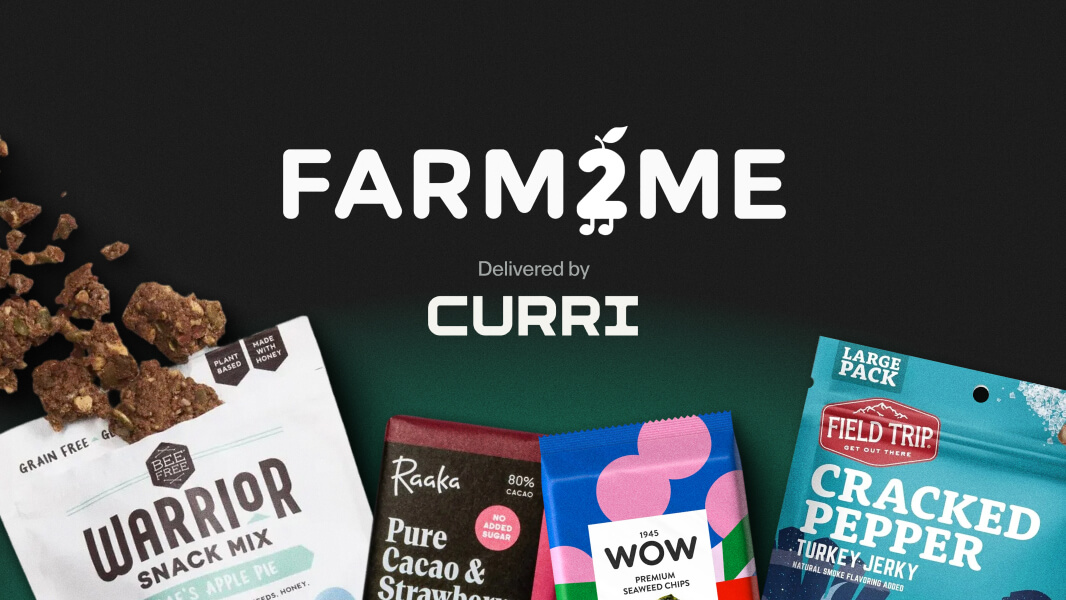

.jpeg)
-min.jpeg)
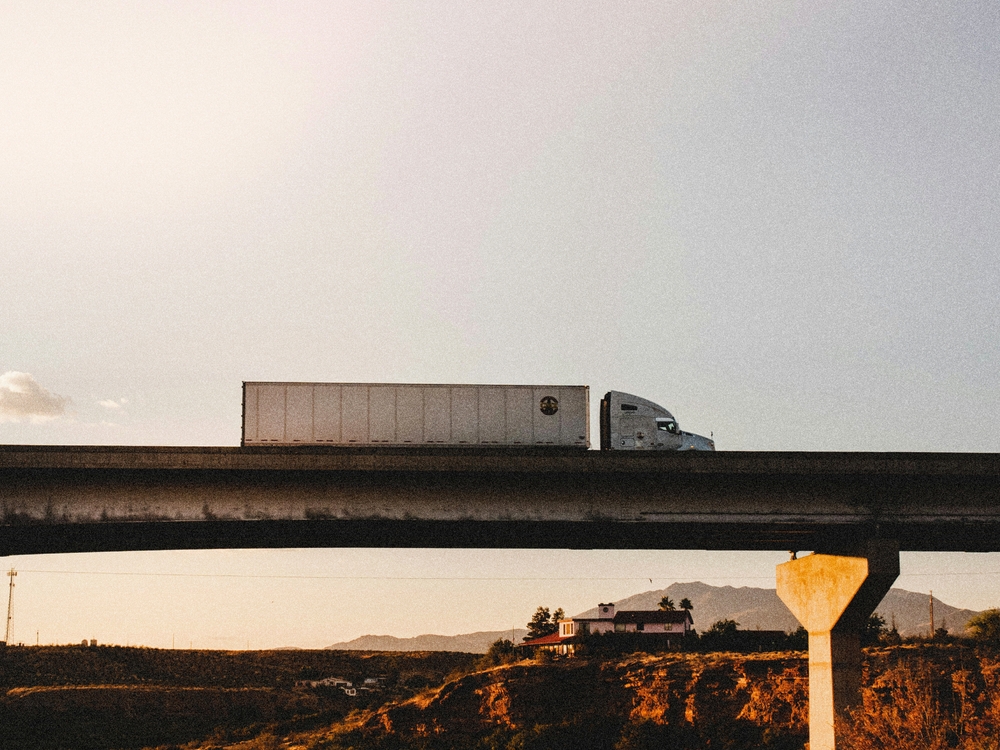

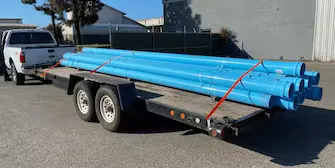
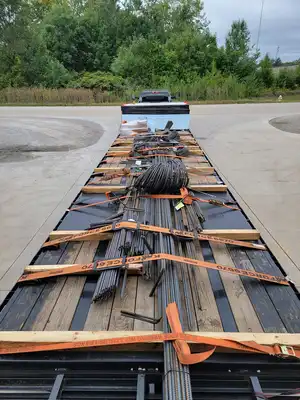


-min.webp)
.webp)

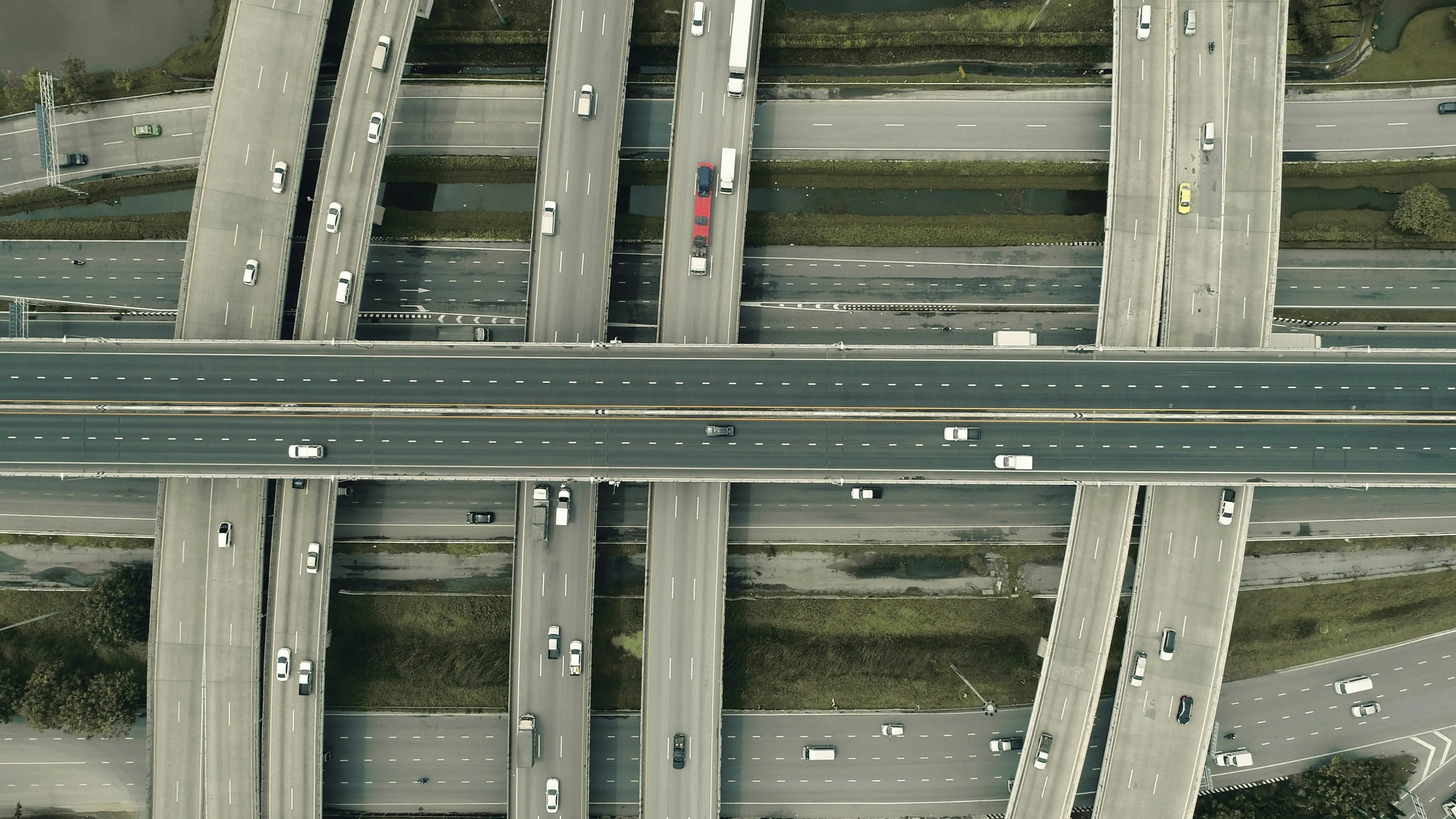

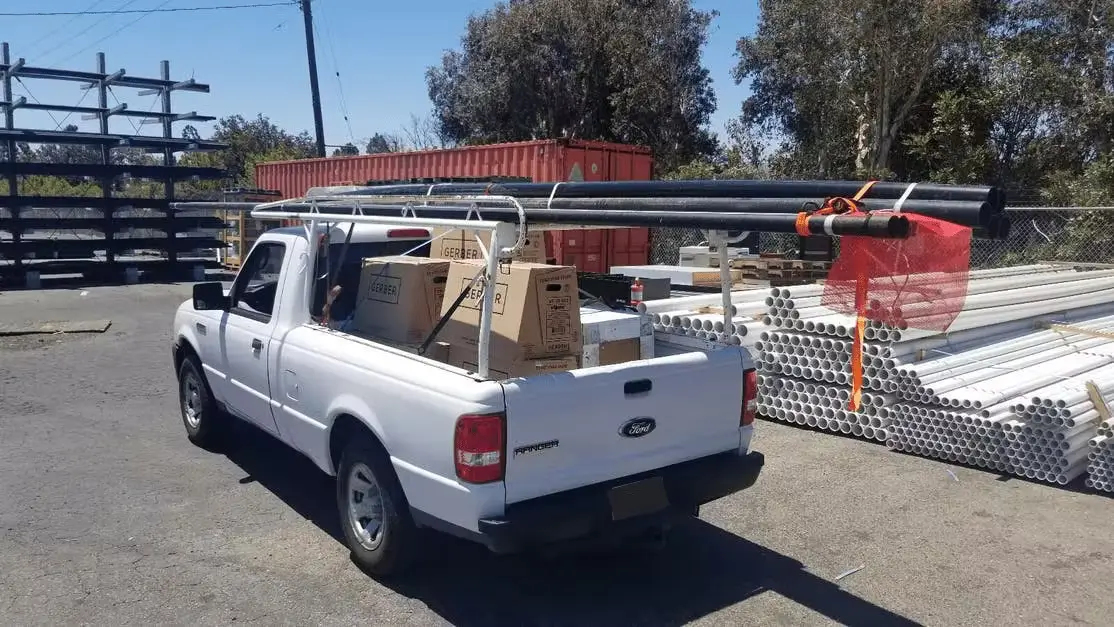

.webp)

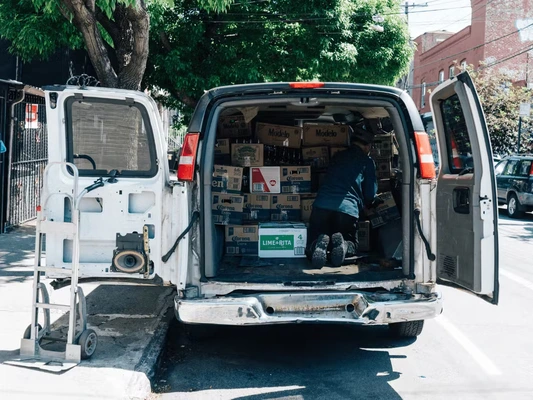


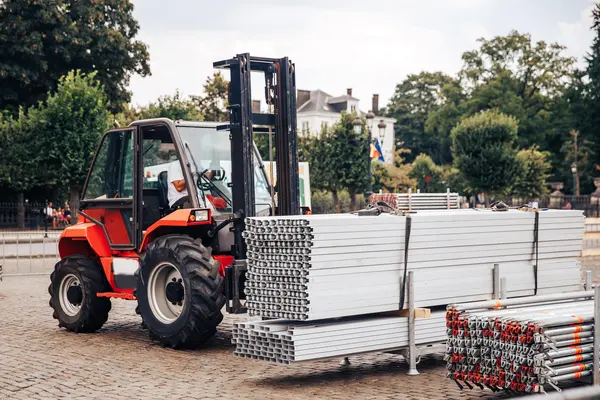
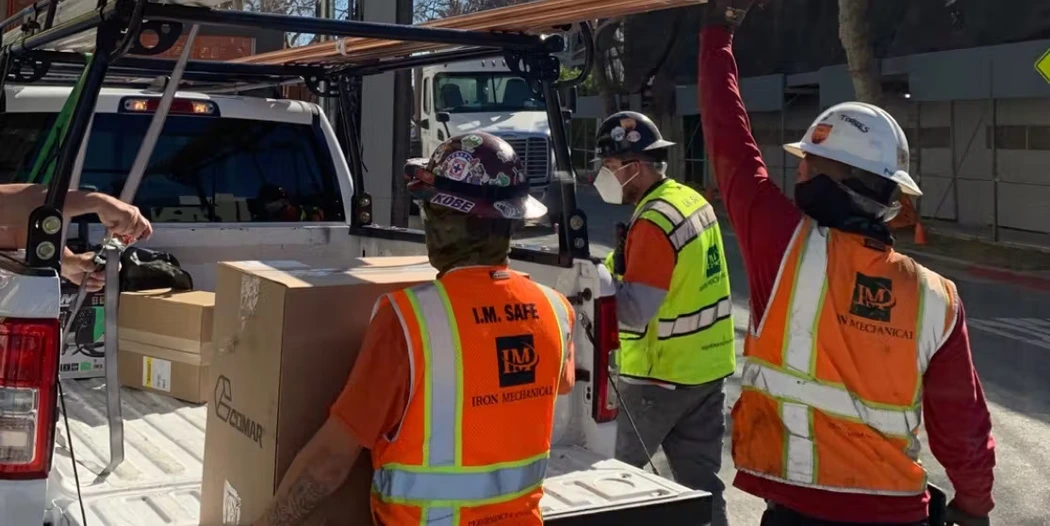
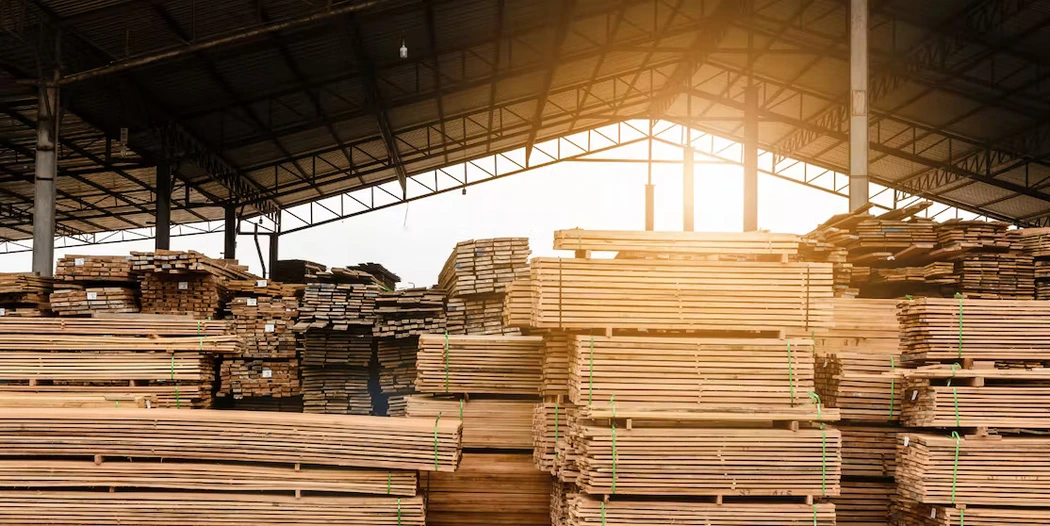





.webp)
-min.webp)


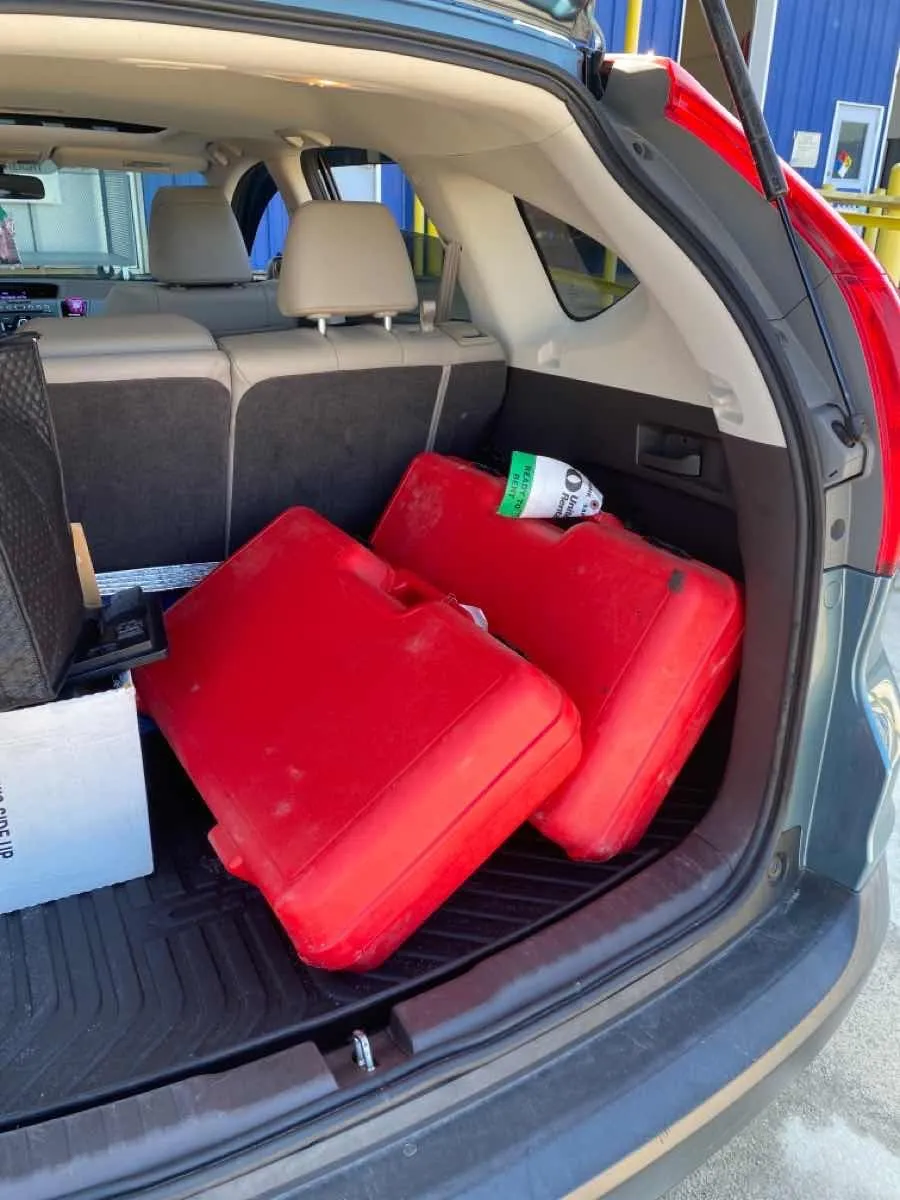

-min%2520(1).webp)



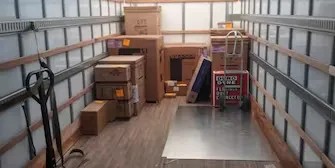

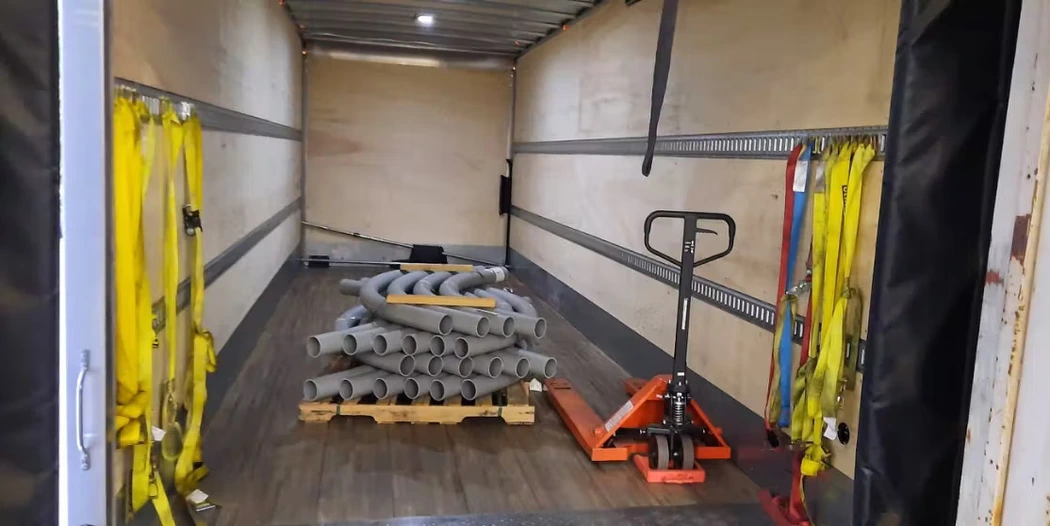
.webp)
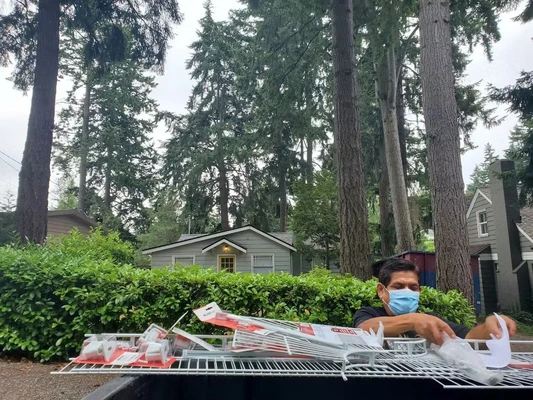



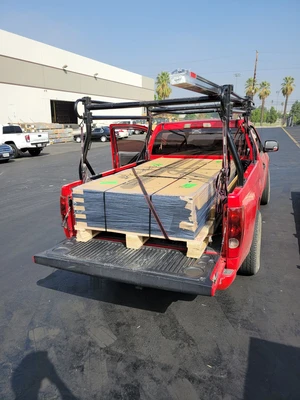
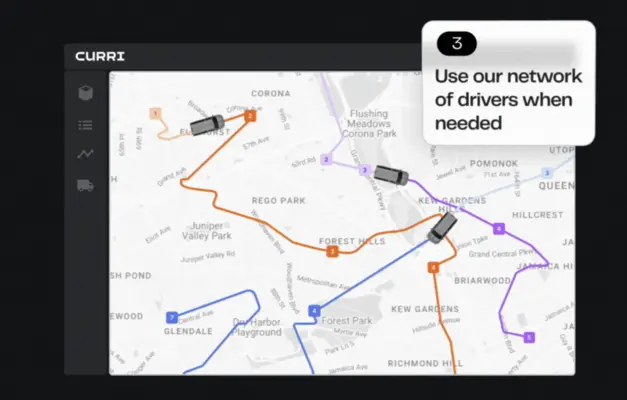


-min.webp)





.webp)
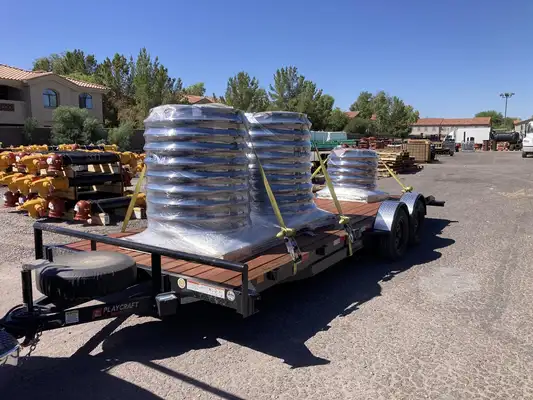
.webp)


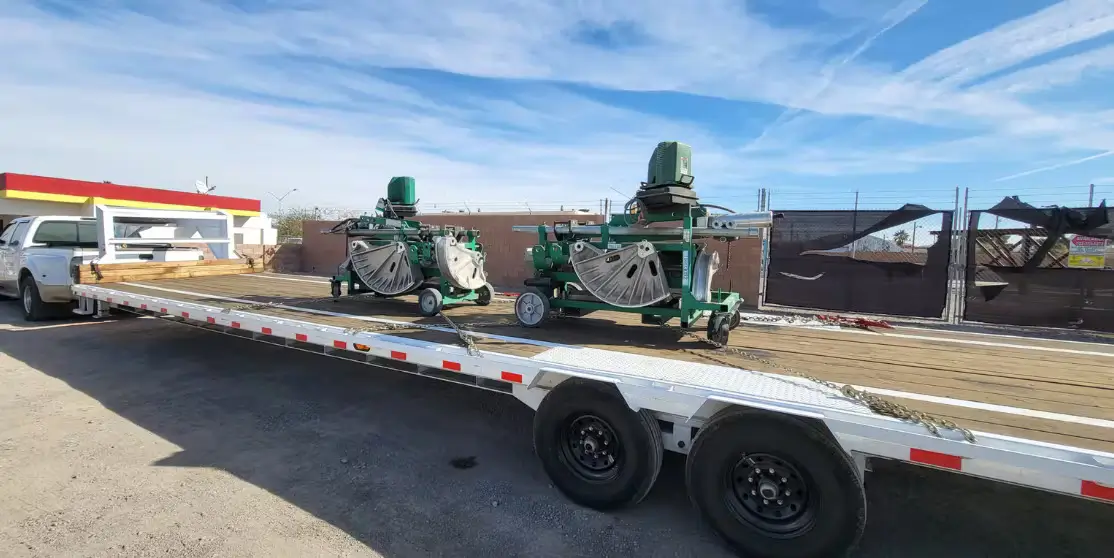
-min.webp)



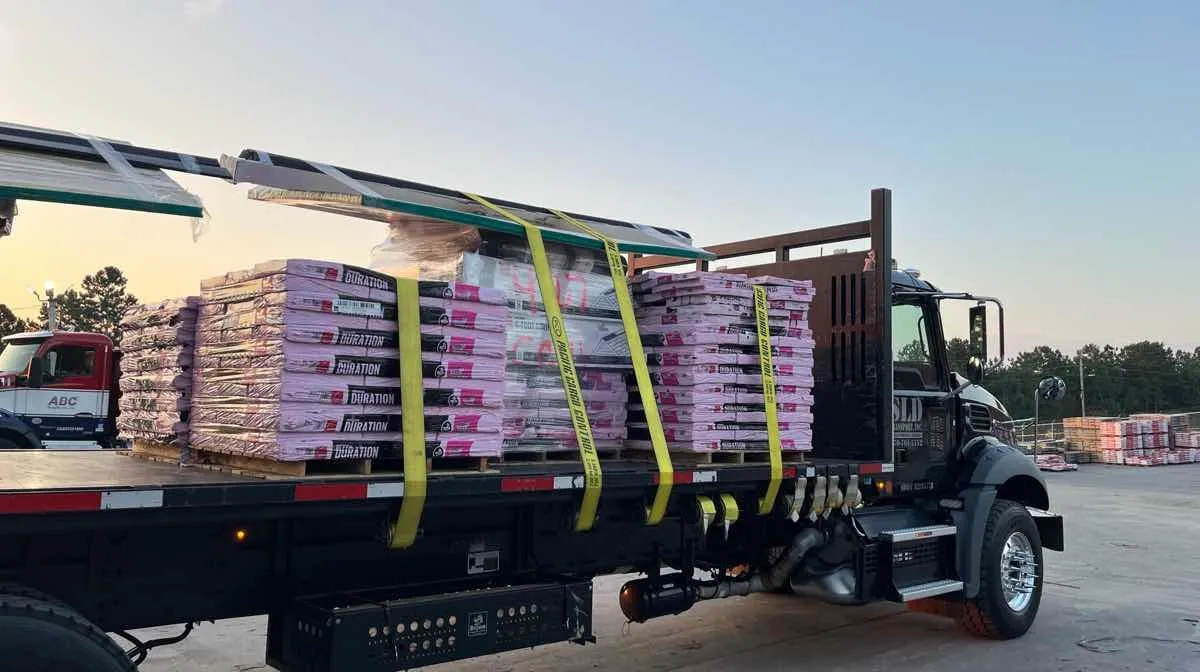
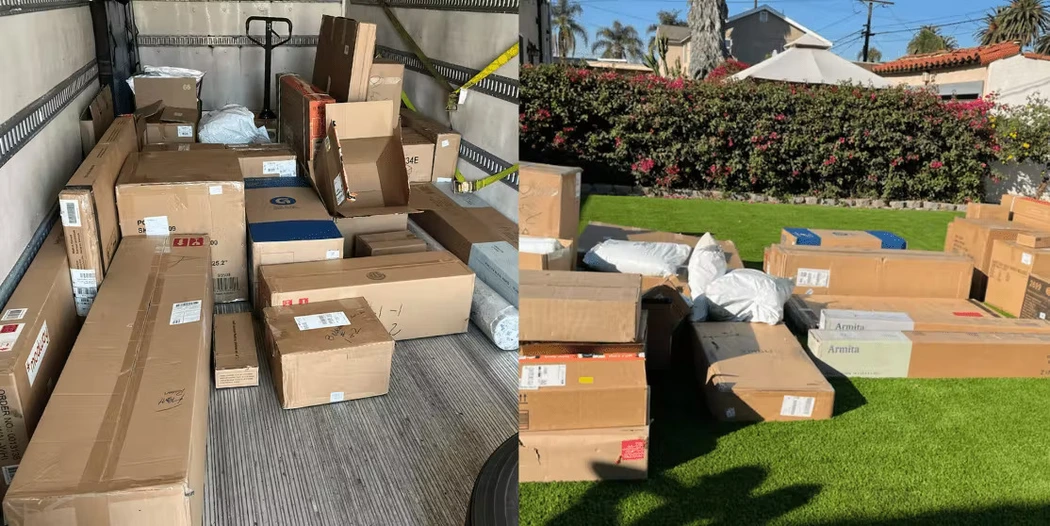
-min.webp)

.webp)
-min.webp)



.webp)

.webp)
.webp)
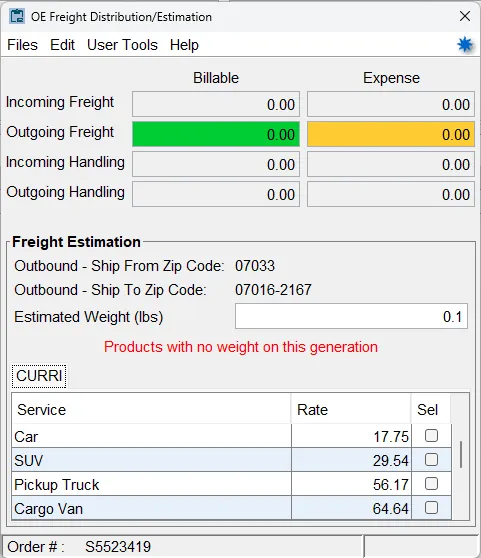
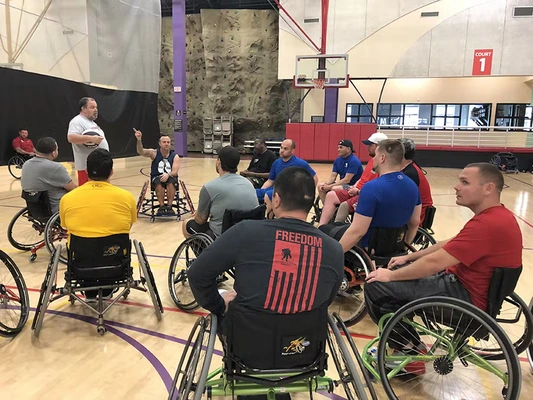
.webp)




-min.webp)

.webp)
.webp)
-min.webp)